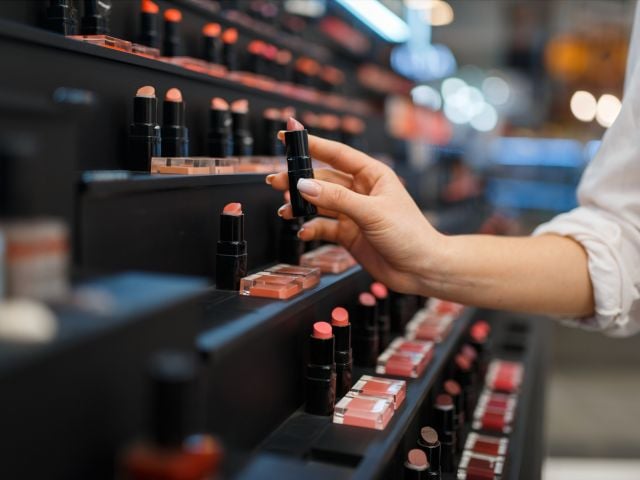Finding a nasty flame retardant in peanut butter and other food products brought EWG senior analyst Sonya Lunder to tell E&E reporter Jeremy Jacobs: "We are contaminating our food chain with chemicals that are long-lasting in the environment and harmful to our health. We need to stop this." Meanwhile, our sunscreen report continues to gather coverage. An article in the New York Times examined alternative sun protection products, with EWG senior scientist David Andrews recommending "...stick to clothes with tighter weave and that will provide adequate UPF protection."
Toxics Huffington Post: Peanut Butter, Other Fatty Foods Found To Contain Fire Retardants In Recent Survey Sonya Lunder, a senior analyst with the Environmental Working Group, noted that the chemical has been discovered in umbilical cord blood. "The prenatal period is an incredibly sensitive time," she said, adding that breastfeeding and toddlers' penchant for putting their hands (and other objects) in their mouths is likely to add to a body's early burden of the chemical. "Exposure starts before birth and may continue on in the diet for their entire life."
Greenwire: Study finds flame retardant in food (subscription only) "This is just one of several types of persistent bioaccumulative toxins this university team has measured in food samples," Lunder said. "We are contaminating our food chain with chemicals that are long-lasting in the environment and harmful to our health. We need to stop this."
Yahoo!: 9 Health Risks that Aren't Worth Taking And according to tests conducted by the nonprofit Environmental Working Group, one of the foods that ends up most contaminated with BPA is canned liquid infant formula.
Time: The Ever-Increasing Hazards of the Household I check what's in my product against a list from the Environmental Working Group.
E the Environmental Magazine: Chemicals in Umbilical Cord Blood EWG hopes that by continuing to monitor the chemicals we are born with it can hold corporate polluters' and government regulators' feet to the fire in regard to waste outputs and pollution mitigation.
Sunscreens New York Times: New Breed of Products Is Said to Offer Sun Protection, but Doubts Linger "Our recommendation is that you stick to clothes with tighter weave and that will provide adequate UPF protection," said David Andrews, a senior researcher with the Environmental Working Group, which compiles an annual guide to sunscreens. "Not to mention there's no need to do a full load of wash with all your undergarments and everything to make them UPF protected."
Audobon Magzine: Sun Safety 2012: Best Sunscreens and Those to Avoid Environmental Working Group aims to make the process easier for consumers with its 2012 sunscreen guide.
Sacramento Bee: Dr. Mom: Sunscreen a big part of enjoying California summer Check the Environmental Working Group's website to see how your sunscreen measures up as far as safety goes.
New Jersey Herald: Sunscreen: Read labels, choose carefully The Environmental Working Group, a consumer organization, is offering some advice in its 2012 "Skin Deep" sunscreen guide. The Washington-headquartered nonprofit scores hundreds of major brands of sunscreen based on their ingredients and effectiveness.
About.com: Who Makes the Best Natural Sunscreen? EWG has investigated hundreds of popular sunscreens and found many to be unsatisfactory, while others do a good, safe job of protecting skin from sun damage. Yahoo!: Surprising New Sun Safety Rules Only 25 percent of 800 tested sunscreens provide safely protect the skin without potentially hazardous ingredients, according to a shocking new report from the Environmental Working Group. Yahoo!: 5 Foolproof Tips to a Fantastic Summer Secondly, make sure to choose a safe, chemical-free sunscreen. Visit the Environmental Working Group site for this year's sunscreen guide, or read up on safety here.
Discovery News: Everything You Need to Know about Sunscreen "EWG works from a precautionary principal, senior analyst Nneka Leiba said. "We read evidence, and we err on the side of public health safety. There are studies that say that oxybenzone penetrates the skin and has the potential to disrupt hormones. That's enough of a red flag to us to say avoid it."



